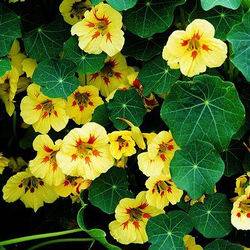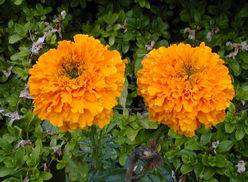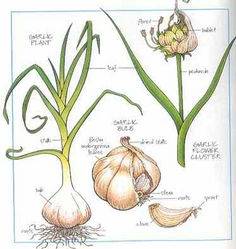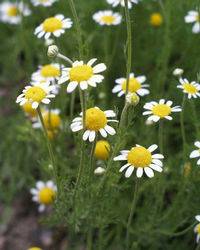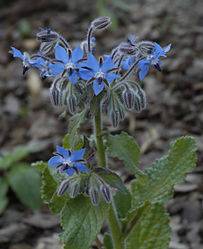G
Guest
There are many other vegetables and herbs that grow well together. Who has had experience with, or has knowledge of, companion planting with MJ.
I know corn is used a lot but is it for the free fertiliser from the farmer and the fact corns height hides things rather than an actual companion plant.
Any no-no's for planting next to herb?
I know corn is used a lot but is it for the free fertiliser from the farmer and the fact corns height hides things rather than an actual companion plant.
Any no-no's for planting next to herb?

 I have grown aromatic herbs such as basil, rosemary, thyme or mint next to marijuana, in my experience they help to keep insects away. Garlic is said to work quite well too but I have not used it much. This year I grew beans next to my plants, because of their ability to sequester atmospheric Nitrogen (thanks to the bacteria in their root nodules) in the soil, and at the moment I have some alfalfa seedlings that I might move to a useful location very soon. A good thing with beans is that their life cycle is usually quite short, allowing to sow them almost at the same time than marijuana, but harvesting them before your ganja starts flowering (thus preventing excess N during flowering).
I have grown aromatic herbs such as basil, rosemary, thyme or mint next to marijuana, in my experience they help to keep insects away. Garlic is said to work quite well too but I have not used it much. This year I grew beans next to my plants, because of their ability to sequester atmospheric Nitrogen (thanks to the bacteria in their root nodules) in the soil, and at the moment I have some alfalfa seedlings that I might move to a useful location very soon. A good thing with beans is that their life cycle is usually quite short, allowing to sow them almost at the same time than marijuana, but harvesting them before your ganja starts flowering (thus preventing excess N during flowering).
